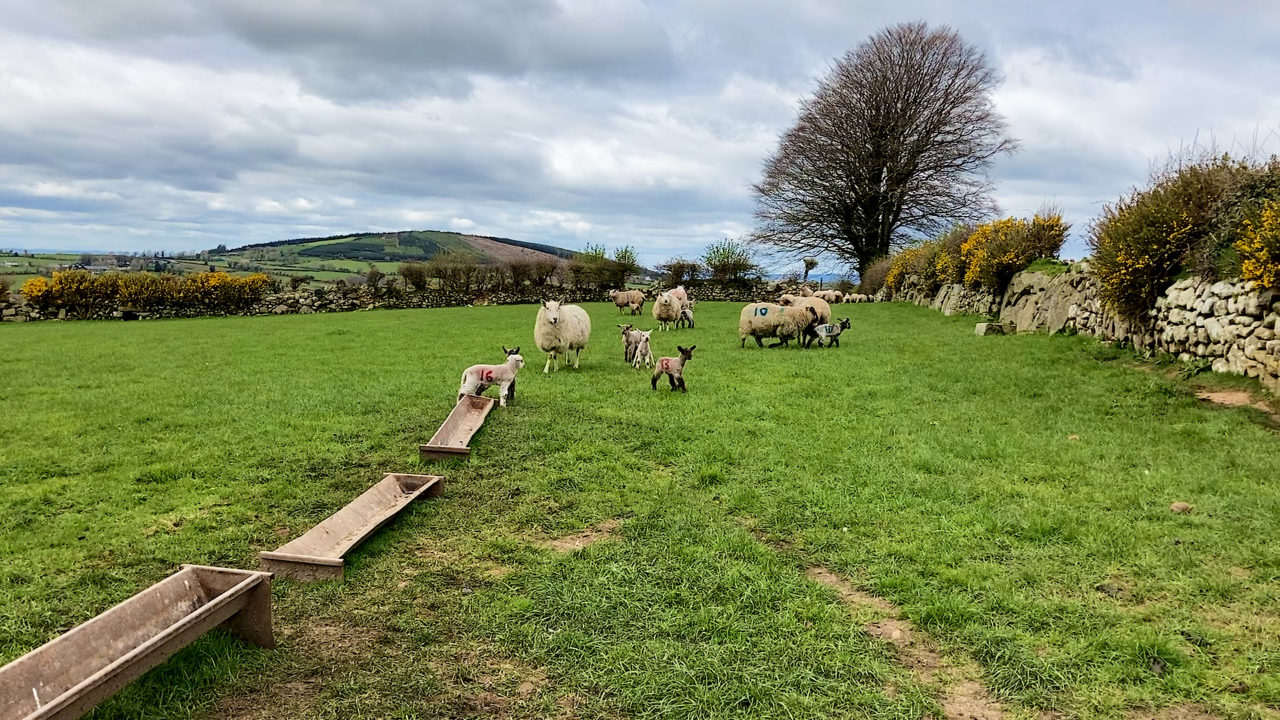Lameness issues will impact on performance and already, cases of scald in lambs are becoming an issue on farms across the country - and this is likely to continue as the season progresses.
Scald issues in lambs typically occur when underfoot conditions are wet/moist like we are seeing now; when grass is long and ‘spiky’, which isn’t much of an issue at the moment but will be later in the season; and in areas in the field where sheep congregate, e.g. where feeders are located.
Scald in lambs is generally seen when the skin between the hooves of the lambs becomes red and swollen, which is caused by a bacteria in the environment.
It can spread rapidly, be it either in warm or wet conditions. If not treated, what initially started as only one or two cases can lead to huge incidences across the flock.
Treating scald
Early intervention is key when dealing with scald issues within a flock.
When cases are small and only a few lambs are lame within a flock, a spray-type product tends to be used by farmers to treat scald.
However, if the number of lame lambs increases, it can become a very labour-intensive task to treat numerous lambs individually.
If this is the case, footbathing the whole flock is the best approach to treat scald.
A zinc or copper sulphate solution is recommended, as is letting sheep stand in the solution for two to three minutes.
Then the flock should be turned out to a clean and dry concrete yard for at least 30 minutes in order to allow the solution to dry into the hoof.
After standing in the solution, turning sheep out to a wet and dirty yard, or even back out to a muddy field, is a waste of time.
If you don’t get control of scald on your farm, it can lead to footrot, so early intervention is key.
Over the coming weeks, if lameness issues are cropping up, the flock should be put through a footbath anytime they are brought into the yard for dosing or drafting.

